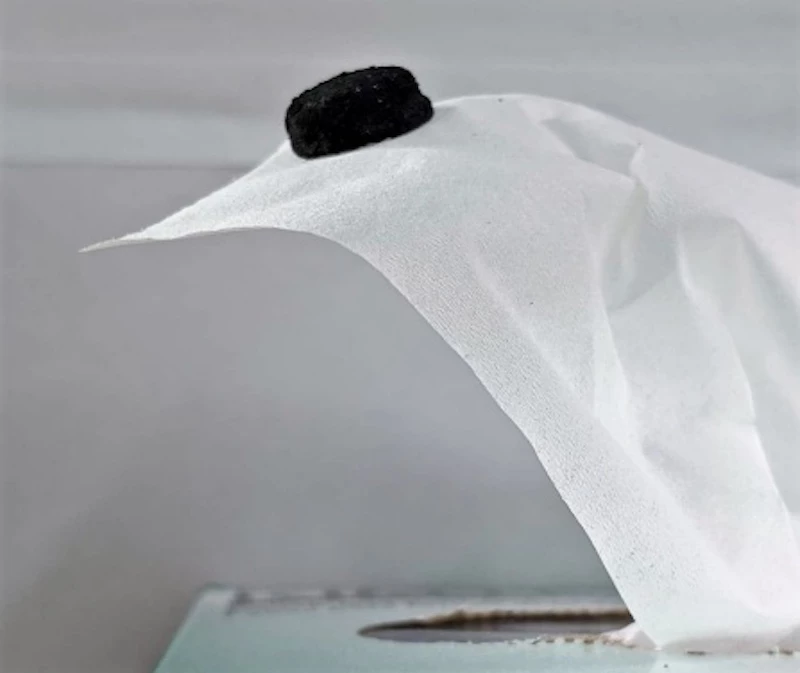Researchers at the University at Buffalo have developed a new method for 3D printing graphene aerogels that work well as water filters. The team says this technique helps make graphene aerogels scalable and stable enough to be used over and over.
Graphene has been all of these things before – it’s been 3D printed, it’s been turned into aerogels, and it’s been used as a water filter. But the team says that this is the first time it’s been all three at once.
To do so, the researchers created a new type of graphene-based ink for the 3D printer. They added two polymers to give it the right consistency – polydopamine and bovin serum albumin – then printed it into a hexagon-shaped mesh. This structure was then freeze-dried into an aerogel.
The team then tested out how well it was able to remove various contaminants from water. It worked best on organic solvents like hexane, heptane and toluene, removing 100 percent of the pollutants for 10 cycles. It also sifted out heavy metals like lead and chromium, and organic dyes like anionic Evans blue and cationic methylene blue. However, in the lattermost case, the effectiveness dropped by up to 20 percent after the third cycle.

Nanosheets of graphene have shown promise in water filtration in the past, but these are harder to produce at large scales. The team says that making graphene aerogels through this new technique makes them easier to scale up. They’re also reusable and apparently don’t leave residue in the water coming out the other side.
“The goal is to safely remove contaminants from water without releasing any problematic chemical residue,” says Nirupam Aich, co-author of the study. “The aerogels we’ve created hold their structure when put in water treatment systems, and they can be applied in diverse water treatment applications.”
The research was published in the journal Environmental Science: Nano.
Source: University at Buffalo




